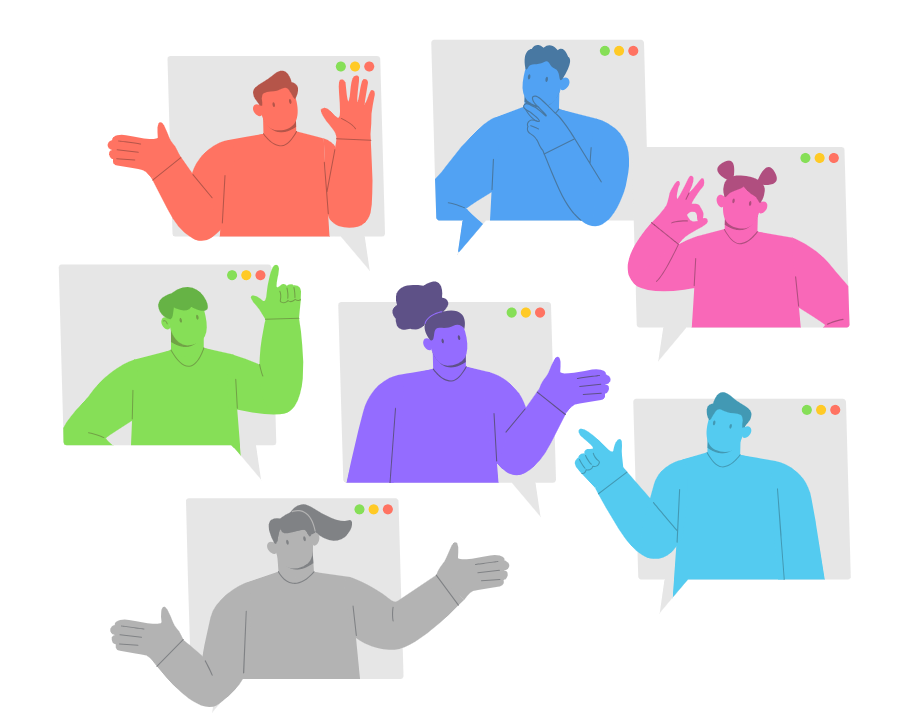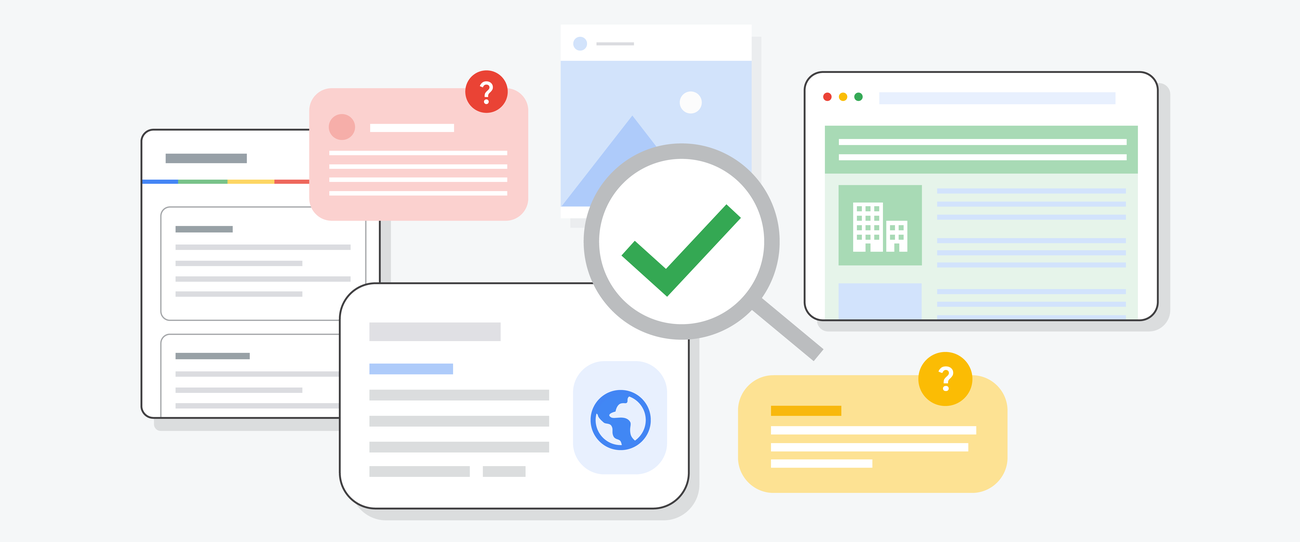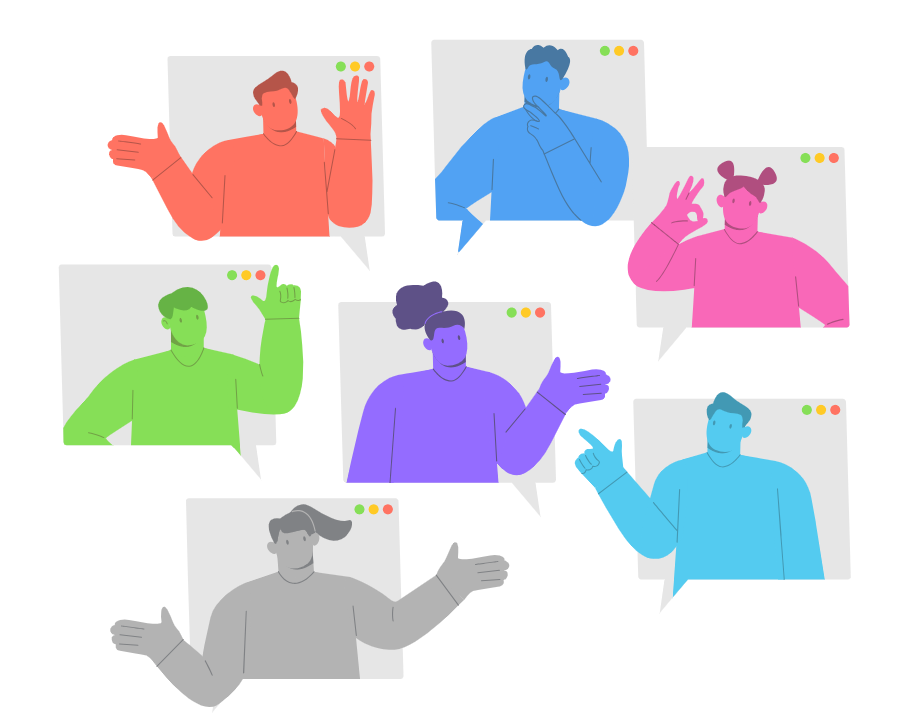FACT-CHECKING: THE BACKBONE OF CREDIBLE JOURNALISM

As information moves along continents in seconds, the duty to confirm its veracities has never been larger. Fact-finding which used to be a back-room product of conventional journalism has become a front-line barrier to the misinformation plague. Such institutions as Presidency University with their School of Media Studies are promoting the significance of fact-checking and do it by integrating it into the media studies curriculum and media practice. Bachelor of Arts in Journalism and Mass Communication degree programme in Presidency School of Media Studies is integrated with the Choice-Based Credit System (CBCS) and Outcome-Based Education (OBE) and provides/offers students with a sophisticated primary perception about media ethics and instruments of verification. With the media world growing digitised, these basic values keep building the upcoming journalists not only to write interesting stories but to make sure it is the truth.

Fact-checking entails finding the truth of arguments, photos, videos, and statistics before they are posted. It should be not a technical exercise but rather a moral duty; particularly, one is inclined to ethical marksmanship when the falsity of the information can promote the polarization of opinions, threaten the life of people, and trigger a social rift. Whether it is dismantling of doctored images or ensuring accuracy of reference to quotes and figures, fact-checking has now become a crucial skill in current media practice.
Presidency University promotes such a course in interactive modules, partnership with fact-checking systems and via student-driven projects such as “Truth Patrol” a student-journalist initiative in which students conduct research and then verify viral information. Such experiences inculcate the culture of intellectual rigor and moral conduct in the developing media practitioners.
Key Dimensions of Fact-Checking in the Digital Era

(Source: https://ifcncodeofprinciples.poynter.org/)
Verification Tools and Techniques: Students are introduced to digital verification tools like Google Reverse Image Search, InVID, FactCheck.org, and Alt News. Learning how to trace the origin of content helps in busting myths and identifying manipulated media.
Source Credibility: Not all sources are equal. Fact-checking teaches students how to assess credibility, differentiate between primary and secondary sources, and identify agenda-driven misinformation.
Real-Time Fact-Checking: Live debates and political speeches are now subject to real-time scrutiny. Journalists must be equipped to verify claims on-the-go while maintaining accuracy and impartiality.
Ethical Accountability: Fact-checking is also about transparency. Journalists are taught to correct errors publicly and promptly—essential for maintaining audience trust.
After the misinformation continues to penetrate into general discourse, fact-checking has become one of the pillars of journalistic integrity. Presidency School of Media Studies is producing a generation of media practitioners who are not only storytellers but also voice of truth. Journals and news training, a strong ethical sense, and a capacity in digital skills ready the students to practice the principal values of journalism at a time when facts are increasingly the property of the journalist to paraphrase the provisional statement of the professional code of the BBC.
Written by,
Ms. Mayuree Pal
Presidency School of Media Studies













 Rajanukunte, Yelahanka, Bengaluru, Karnataka, Pin: 560119, India
Rajanukunte, Yelahanka, Bengaluru, Karnataka, Pin: 560119, India
 +91 9022092222
+91 9022092222